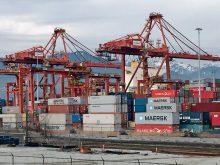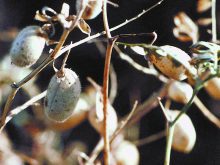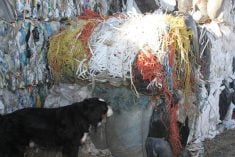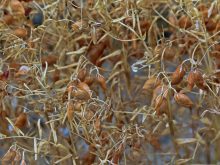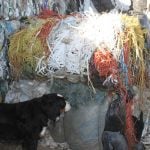Watershed studies can challenge and refine generally accepted best management practices, such as keeping cattle out of riparian areas, said Bill Turner, field manager for the Deerwood Soil and Water Management Association.
A watershed study upstream from New York City found that paying millions of dollars to farmers to keep cattle out of riparian areas succeeded in keeping bacterial counts low in the water supply for millions of people downstream.
However, studies made after the Sept. 11, 2001, terrorist attacks, when scientists were watchful for biological agents in the water supply, found bacterial counts such as E. coli rising again.
Read Also
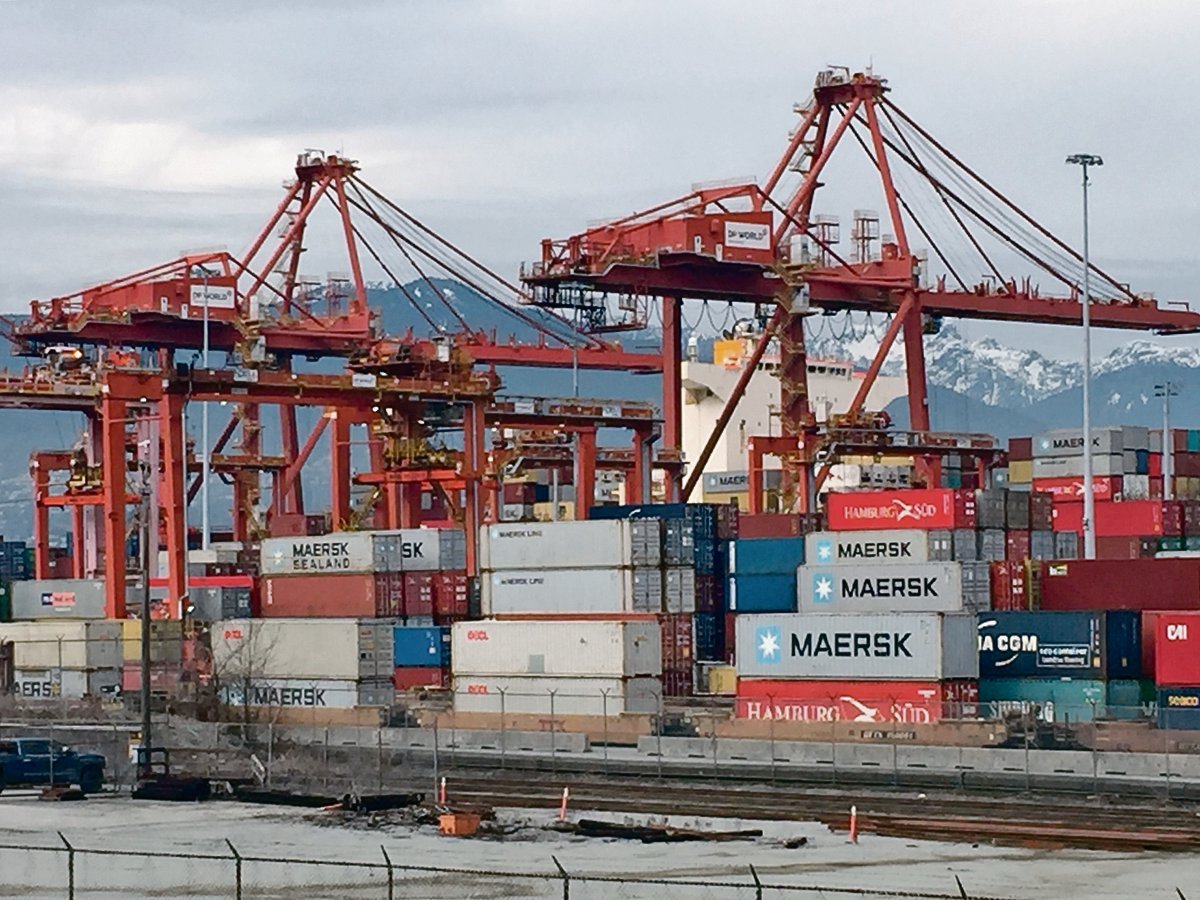
Message to provincial agriculture ministers: focus on international trade
International trade stakeholders said securing markets in the face of increasing protectionism should be the key priority for Canada’s agriculture ministers.
The cause, they found, was wildlife that had moved into the fenced off areas, lured by the lush regrowth on the banks of creeks and rivers.
“They made riparian areas so big, wildlife moved in to replace the cattle,” Turner said.
“It became a wildlife feedlot.”
Association president Les McEwan said this upset the consensus among farmers and researchers that the best way to prevent pollution of waterways was to fence cattle out.
“Now we’re saying it has to be a controlled management system. Maybe the thing to do is to target a low rainfall time of year, put the cattle in to graze it out, then get them back out of there instead of total exclusion,” he said.
“Don’t let it become a lounging area.”
Turner said more study is needed before solid conclusions about water quality management in Manitoba can be made.
“The more we learn about it, the more complicated it gets.”


